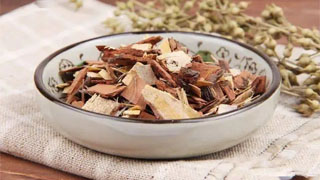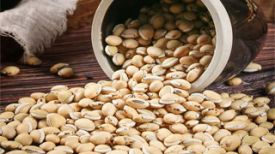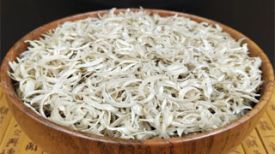
1. Alias
Chinese toon bark, Chinese toon bark, Chinese toon bark, Chinese toon root bark, Chinese toon root bark.2. Plant morphology
tree. The bark is gray brown with longitudinal grooves, and the young parts are densely covered with star shaped scales. Two odd feathered compound leaves alternate; Small leaf segments are oval in shape; Flowers light purple or purple; The sepals and petals are both 5-6, and the disk is circular; The number of stamens is twice that of petals, and the filaments are connected into one tube; 1 pistil, ovary superior, bottle shaped, 6-8 chambers. The drupe is elliptical or nearly spherical, yellow or yellow brown in color; 3-5 seeds; The seeds are flat, elongated, and elliptical in shape, black in color. The flowering period is from March to April, and the fruiting period is from September to November.
3. Origin distribution
Born in damp sparse forests, distributed in Sichuan, Hubei, Hunan and other places.
4. Harvesting and processing
Peel and dry the skin in spring and autumn, or remove the rough skin and dry it.
5. Characteristics of medicinal herbs
The bark is slightly grooved, with a few in a rolled shape. The outer surface is gray brown or gray brown, rough, with longitudinal cracks and fine horizontal stripes, and visible transverse skin holes. Excluding rough skin, it is pale yellow, and the inner surface is yellow white. Tough in texture, not easily broken, fibrous in cross-section, layered and peelable. Odorless, bitter taste. The root bark is narrow and elongated in shape, irregular in strip, roll, groove, with a thickness of 2-3 millimeters. The cork layer is often in the form of scales, and after peeling off, it appears brick red. Yutong bark.
6. Sexual Taste Returning to the Classics
Cold in nature, sweet in taste. Return to the Stomach Meridian, Spleen Meridian, and Liver Meridian.
7. Effect and Function
Deworming and treating ringworm. It belongs to deworming medicine.
8. Clinical application
Dosage: 4.5-9 grams, decoct or pill into powder; Apply an appropriate amount topically, decoct and wash with water, or grind and apply to the affected area. Treat roundworm and pinworm diseases, as well as abdominal pain caused by worm accumulation; External treatment for scabies itching.
9. Pharmacological research
Has insecticidal effect; Inhibit the respiratory center; Affects neuromuscular transmission function; It has therapeutic effects on botulism and can affect myocardial electrical and mechanical properties. It has a certain therapeutic effect on experimental schistosomiasis.
10. Chemical composition
It contains naringenin and naringenin, naringenin, naringenin, naringenin, naringenin, kaempferol, naringenin, and tannins. In addition, it contains β - sitosterol, n-triacontane, and water-soluble components.
11. Usage taboos
Patients with weak liver and kidney dysfunction, pregnant women, and those with spleen and stomach deficiency and cold should take it with caution. It is also not advisable to continue or take excessive amounts. The bark of Melia azedarach has certain toxicity, and after taking medication, symptoms such as headache, dizziness, nausea, vomiting, and abdominal pain may occur. Severe poisoning can lead to visceral bleeding, toxic hepatitis, mental disorders, respiratory center paralysis, and even shock, coma, and death.
12. Compatibility prescription
① Treatment of hookworm disease: 5000 grams of Melia azedarach peel (with rough skin removed), 25000 milliliters of water added, boiled to 5000 milliliters; Add 24 grams of pomegranate peel, 2500 milliliters of water, and boil to 1000 milliliters. Mix the two potions together and stir well. Adults should take 30 milliliters each time. (Hunan Pharmaceutical Journal)
② Treatment for dysentery: 12g of Melia azedarach bark, 9g of bone fragments, 6g of catnip, 6g of Eucommia ulmoides, and 9g of Eucommia ulmoides. Boil it in water. (Hunan Pharmaceutical Journal)
③ Treating toothache caused by insects: Boil the bark of the Chinese toon tree in water and rinse your mouth. (Hunan Pharmaceutical Journal)
④ Treating scabies and wind worms: Divide the bark of Melia azedarach and soapberry (peeled, seeds) into equal parts. Finally, apply pig fat. (The miraculous formula)
⑤ Treatment of stubborn damp ringworm: Wash and dry the root bark of Melia azedarach, apply tea oil to the affected area, wash it off every other day, and then apply it three or four times. (Fujian Traditional Chinese Medicine, 1959, (2), 43)
⊙ The content of the article is for clinical reference only. Non TCM professionals are not allowed to test drugs.


